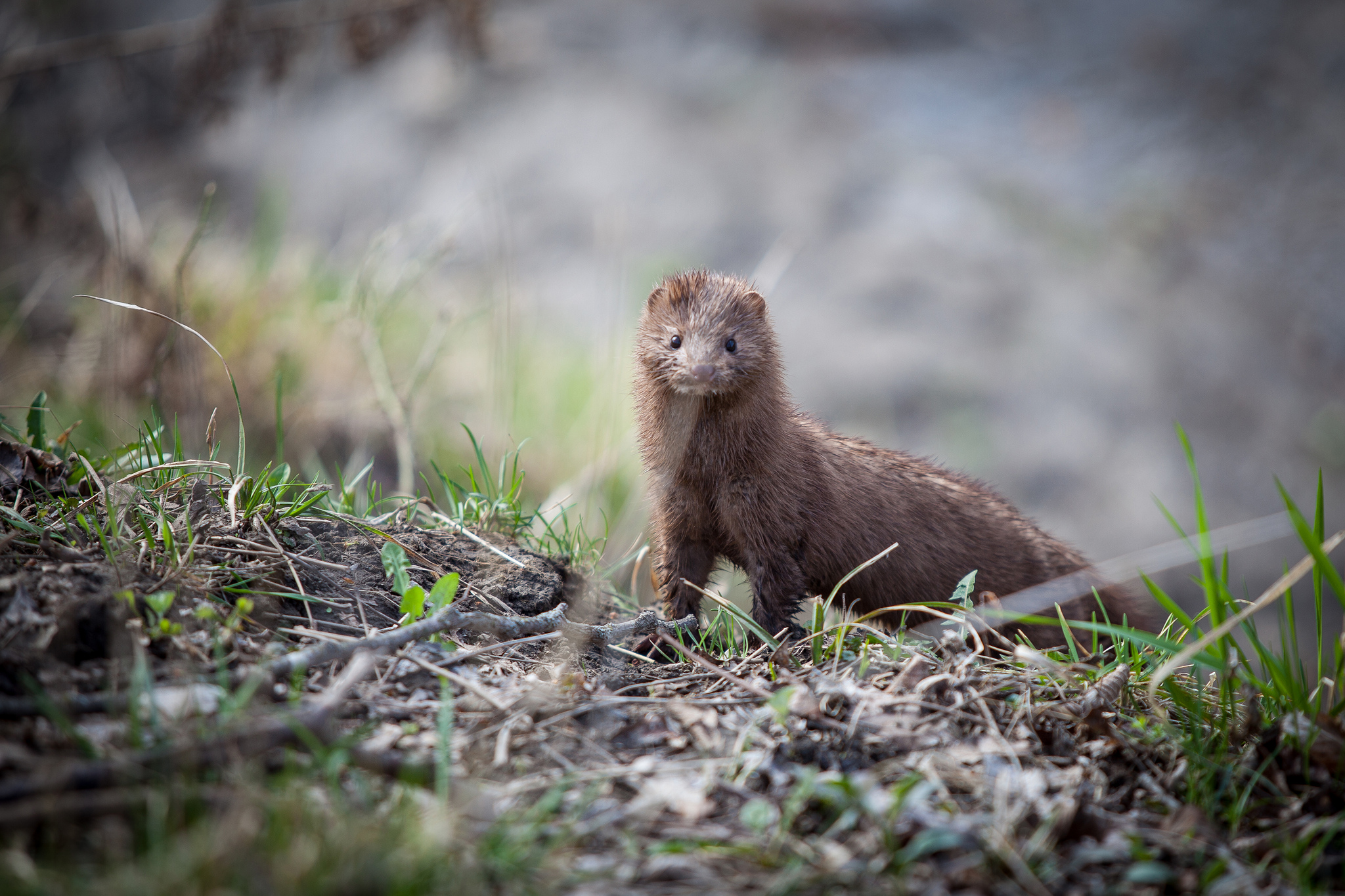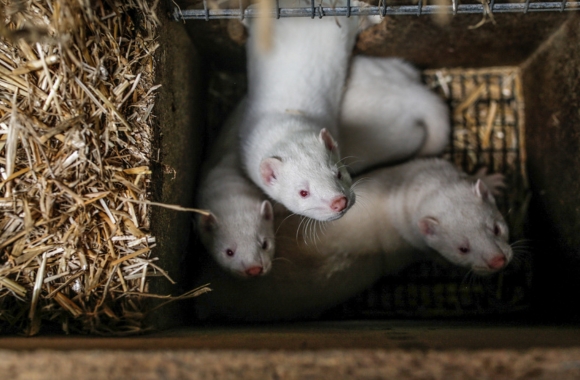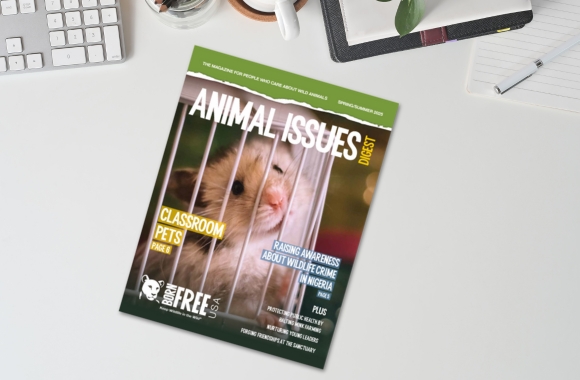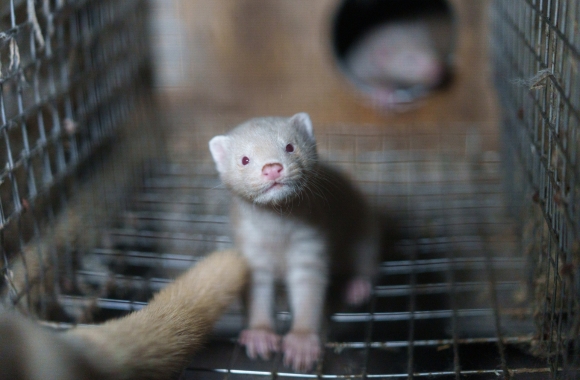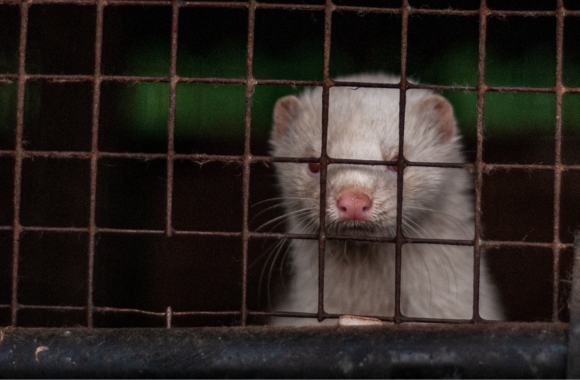Increasing Number of Designers, Brands, Companies Are Going Fur-Free.
Despite the efforts of the fur industry to promote fur, and increasing number of high-profile brands, designers, and retailers – such as Gucci, Michael Kors, Jimmy Choo, Armani, Zara, YOOX Net-a-Porter Group, Forever 21, Timberland, The North Face, and H&M – are making the compassionate decision to go fur-free. Fur is therefore an important and pressing ethical issue within the fashion industry.
- A January 2016 survey of 1,025 people ages 18 to 34 by Mic.com revealed that 66 percent of respondents were not comfortable wearing fur and 70 percent said they would not buy a new clothing item with fur on it.
“Due to technological advances in fabrications, we now have the ability to create a luxe aesthetic using non-animal fur… We will showcase these new techniques in our upcoming runway show in February.”
Michael Kors Holdings Limited (includes Jimmy Choo)
“I am pleased to announce that the Armani Group has made a firm commitment to abolish the use of animal fur in its collections. … Pursuing the positive process undertaken long ago, my company is now taking a major step ahead, reflecting our attention to the critical issues of protecting and caring for the environment and animals.”
Giorgio Armani, 2016
